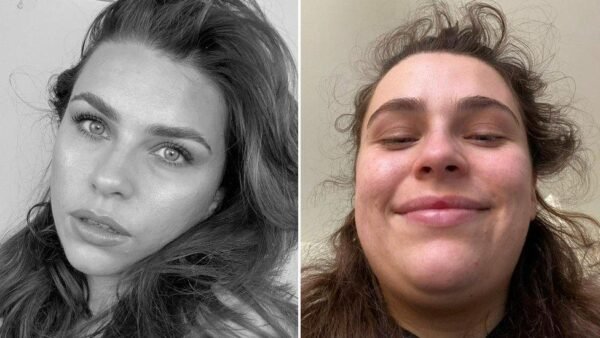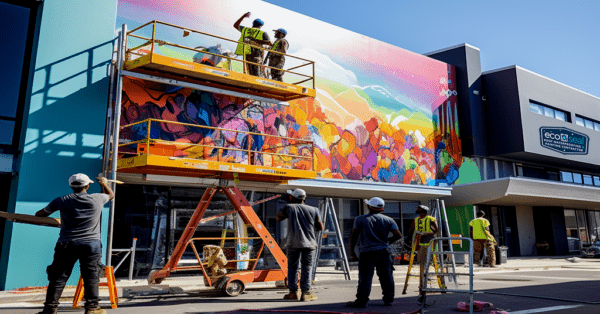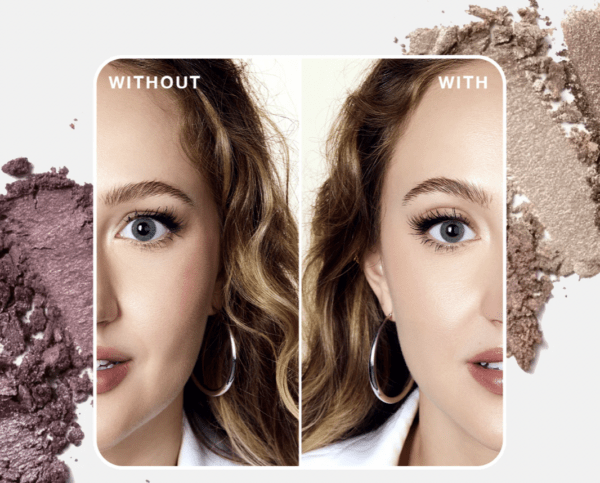
Cosmetic Surgeries You May Not Have Realised Are Beneficial to Your Health

There’s often confusion between procedures we consider plastic surgery, and those we consider cosmetic. Cosmetic surgeries are generally categorised as those that focus on enhancing a patient’s appearance—improving aesthetic appeal, symmetry, and proportion are the key goals. Plastic surgery, by contrast, is intended to correct dysfunctional areas of the body and is more reconstructive in nature.
More often than not, that line becomes blurred. Some medical professionals define cosmetic surgery as a sub-set of plastic surgery, stipulating that any procedure considered cosmetic is an elective one. But difficulty abounds when there are proven medical reasons for undergoing procedures that may seem, on the face of it, superficial.

Here are some examples of real health benefits that can be brought about by ‘cosmetic’ procedures:
Limb lengthening
Height is considered an important demarcator in some cultures more so than others. This means that, typically, discussions around leg lengthening surgeries focus on the aesthetic appeal of adding a few extra inches to our length. But in cases of congenital short stature and malalignments, leg lengthening surgeries can relieve disabilities, decrease the risk factors for medial knee and hip osteoarthritis due to excessive loading of the leg joints and improve quality of life.
The principles have been adapted from techniques that surgeons use following major trauma or in children with stunted growth. Limbs can be encouraged to lengthen using a ratcheting mechanism known as the Guichet Nail, which can be gradually adjusted to lengthen an arm or leg.
Studies have proven an increase in height endows people with more self-confidence and, according to the Gallup-Healthways Wellbeing Index, tall people are found to generally be happier than shorter people.
Mole removal
Private clinics offering mole removal are readily available, with further procedures offered by the NHS. Methods of mole removal offered by most clinics include: laser, which uses light energy to break down smaller moles; shave, in which moles that protrude out from the skin are removed by a medical practitioner under a local anaesthetic, and excision removal, which is also performed under local anaesthetic and requires a small stitch in the skin.
Although common moles may be present at birth, they usually appear later in childhood and increase during pregnancy. These moles are often seen as blemishes and removed for the purposes of evening skin tone, but abnormalities can often be an indicator of skin cancer, or melanoma. In these cases, mole removal is a must in order to excise cancerous cells and prevent their spread. Individuals who got diagnosed with melanoma should seek melanoma cancer treatment immediately.
Research conducted to mark Melanoma Awareness Month in May 2016 found that 63% of Dermatologists surveyed had seen an increase in cases of melanoma in their practice. The good news is that 82% feel there is greater awareness of the signs of melanoma compared to 2011, and the number of enquiries for cancer screening are up 198%.
Mammoplasty, or breast augmentation and reduction

Breast augmentation is one of the most common procedures in cosmetic surgery. For cosmetic reasons, the procedure is usually carried out because the woman feels her breasts are too small (micromastia), have changed after pregnancy, or if one breast is larger than the other.
Breast implants may also be considered by patients who have had their breast removed during a mastectomy, as may be the case with those affected by breast cancer. A researcher at the University of Florida found that women who undergo breast enlargement often see a sizable boost in self-esteem and positive feelings about their sexuality.
In breast reduction procedures, skin and glandular tissue is removed to make the breasts smaller. This procedure, performed by an expert in breast reduction services, may apply for women who suffer from shoulder or back pain because their breasts are too large (gigantomastia).
Breast reduction surgery is chosen by a much higher percentage of patients who want to relieve physical discomfort, compared to breast augmentation. Breast reduction has also been shown to reduce breast cancer risk among those at high-risk, according to a study published in the journal Plastic and Reconstructive Surgery.
The procedure can also be carried out in males who have abnormally large mammary glands, a condition that affects approximately 40% to 60% of the male populations of the western world, according study published in NEJM (New England Journal of Medicine). Those affected can often experience significant detrimental effects to their psychology and relationships.
Maxillofacial and facial plastic surgeries
The common aim of a nose job, or rhinoplasty, is to improve the appearance of the nose, it can be a common procedure to correct sleep apnea and other breathing difficulties created by nasal abnormalities and obstructions.
Facial plastic surgery like those offered by experts such as Facial Cosmetic Surgery Associates and Plastic Surgery Specialists of South Florida is also being used in the treatment of those who are affected by Bell’s Palsy, a condition that causes weakness or paralysis of the muscles in one side of the face. Plastic surgery is one possible option to help manage facial weakness.
Surgery may not be able to restore nerve function, but plastic surgery can help improve the closing of an upper eyelid or adjust the position of a lower eyelid can protect the eyes from harm. A brow lift can improve vision. Botox injections, which are usually used to reduce the appearance of wrinkles, can also be used to relax muscle movements in the affected side of the face that have become over tight. It’s aimed to balance the movement of the face.
















































